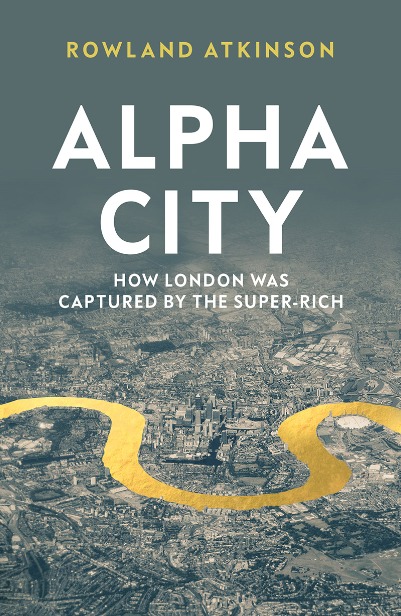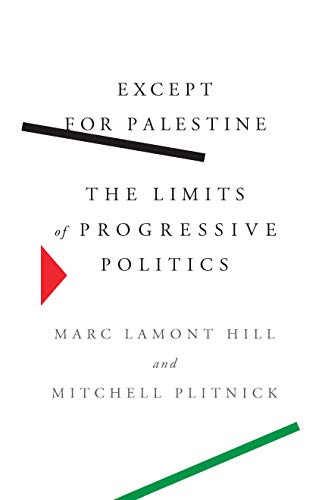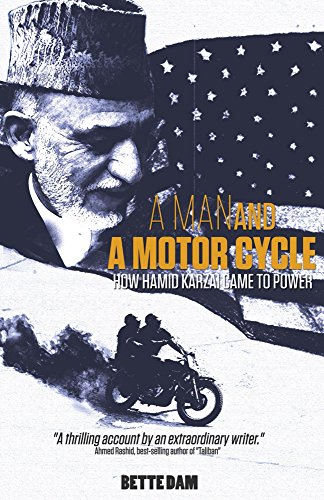The Skin We’re In: A Year of Black Resistance and Power, Desmond Cole, Anchor Canada, 2020, pp. 250, ISBN: 978-0-385-68636-5
Poll after poll purportedly proves Canada’s stellar reputation in the world and at home. Ipsos poll conducted in 2021 shows that 80% of those surveyed across 28 countries think Canada has and is going to have a positive influence on world affairs. This despite the pivotal role the Liberal government played in the 2004 coup in Haiti that ousted the democratically elected president Bertrand Aristide and installed the puppet regime of Boniface Alexandre. Despite all the logistical and military support given to the US for its interventions in the Middle East, South-East Asia and Africa and its involvement in restructuring countries’ regulatory environment to benefit its businesses. At home, according to a recent Angus Reid poll, 78% of surveyed Canadians believe they live in a caring country, while 89% believe that Canada is a safe country. Being north of the 49th parallel has its perks, where domestic affairs are often drowned out by what happens in the United States which allows for a facile comparison between the two countries. However, as Desmond Cole shows, anti-Black racism is prevalent and just as harrowing, repressive, and maddening as it is south of the border.
Cole captures a year in the lives of Black and Indigenous people across Canada and outlines the abuses they endure at the hands of the police and government institutions as well as the systemic violence inherent in the educational, prison and welfare systems of the country. Cole also goes beyond that to showcase everyday anti-Black racism and microaggressions in interactions between people as well, where Black people are viewed as suspicious, as having to prove themselves, and where they continue to grapple with legacies of colonialism and slavery. However, they are not passive victims of their condition. As Cole shows, and as his book’s subtitle suggests, they exhibit amazing feats of power and resistance through their organizing and tireless work aimed at fighting against white supremacy.
Exhibiting the behaviour of slave patrols, Cole shows how police in Canada accost and harass for no reason other than race. An up and coming artist attempting to showcase his work has his gallery raided, all the while being restrained by an officer, only to have charges of assault laid against him and not the ones doing the assaulting. A misbehaving six-year-old girl finds herself in handcuffs in the hallways of her school. Hundreds of thousands have been carded and their personal information entered into a police tracking system for no apparent reason, other than they appear to be “persons of interest” to detectives. Officers appear to be regularly not held accountable for their actions and the body tasked with overseeing them sides with the police force in the vast majority of cases. Few officers are ever convicted, despite the often fatal encounters with the public.
The police oversight mechanism, as Cole suggests, is not broken though, but rather built to protect the officers. The Special Investigations Unit, a body tasked with investigating any death, serious injury or allegation of sexual assault involving police, and composed of former police officers, acquitted officers involved in this 97% of the time (as of 2017). Throughout the book, Cole outlines inadequacies in the very structure of the SIU but also ways the officers and forces themselves did not follow proper rules in reporting the incidents to it. Glaringly obvious is the SIU’s impotence in the cases outlined in the book and it often appears as if it condones the actions of the police and hides their biases behind the veneer of independence.
Cole’s use of statistics interspersed with personal stories of Black folks are harrowing and question the presumption of Canada being a “safe” and “caring” country. In the education system, for example, the majority of those expelled and suspended identify as Black. Citing a Toronto District School Board (TDSB) report, Cole shows that in 2006-2006, the largest school board suspended Black students at a rate 3 times higher than its white students in the same grades. During the same year, one in seven Black students between the ages of 12 and 18 were suspended from school. In 2017, a TDSB task force found that only 66% of Somali students graduated on time and that 3 out of every 5 Somali students had been suspended, placed in special education programs or failed to meet standardized testing requirements. Statistics appear to be replicated across the country and provide a historical constant where the same difficulties have been faced by students in years past. Cole recollects times when he was singled out in class, after the Mike Harris administration introduced “zero tolerance” legislation in public schools that gave teachers and principals sweeping powers to suspend and expel, and the case of school board trustee Nancy Elgie who called another parent the n-word and still stayed on the job until she voluntarily resigned after months of organizing and outrage.
Cole documents police brutality through the cases of Abdirahman Abdi, Andrew Loku, and Dafonte Miller, among others. Canada has their own Michael Browns, Eric Garners, and Rodney Kings. Episodes from these interactions show how inadequately police address interactions with Black people. Abdirahman Abdi appeared to have had mental health issues, yet he was beaten to death while on the ground by an officer with assault gloves with a prior history of violence against people of colour. Andrew Loku was a tenant in the Canadian Mental Health Association’s supportive housing program and was receiving mental health support. He was shot to death in the building he resided in after police responded to a crisis call placed by one of the neighbours. Police shot Loku within 20 seconds of arriving at the scene. Although Dafonte Miller survived, he lost an eye after an off-duty white police officer and his non-officer brother beat him with a metal pole on suspicion that he and his friends were in his vehicle earlier that day. Charges were initially laid against Miller and he, alongside his community, had to fight the police to have them dropped. These are just some of the stories that garnered media attention due to community mobilizing, but they show a pattern in policing Black people in Canada.
But for every tragic story and harrowing statistic, there is a community of people fighting against it. There are Black Lives Matter who interrupt Pride to highlight the plight of Black people and call out organizers for cowing to corporate interests. There are networks that call their government representatives, interrupt police board meetings, and directly question those in charge about the injustices done to Black people. Support networks that fight for each and every individual showcase their power in resisting systemic anti-Black racism and refusal to sweep things under the rug. These groups refuse to be co-opted by those who work within the system and call them out, regardless of the position they occupy in the white supremacist hierarchy. It is because of them that the stories Cole tells are not forgotten. His intersectional approach to activism and investigative journalism connects anti-Black racism to the plight of Indigenous Peoples whose land continues to be taken away and whose rights continue to be flagrantly breached, to neurodivergent, queer and trans folks and shows the unity in their fight against systemic oppression.
The Skin We’re In reminds us that anti-Black racism is present in all colonial-settler societies and beyond, regardless of the public reputation a country enjoys and perhaps despite it. After reading the book, one has to wonder about the meaning of those pretty statistics. Whose safety do we consider, who do we care about, and how can we say we do when such gross acts of injustice are perpetrated against a specific segment of our community?




